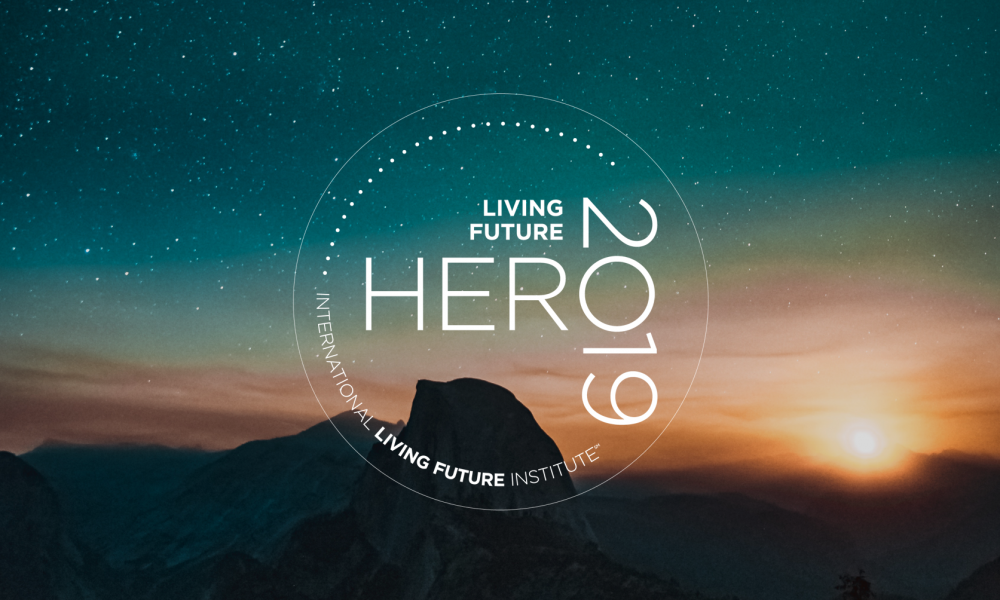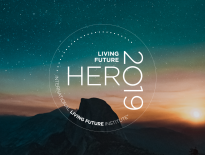Over the next few weeks, we will be running a Q+A blog series in which we showcase the ten incredible change-makers who represent our 2019 Living Future Heroes. Introducing Victor Montero, CEO of the Regenerative Built Environment Institute and longtime Living Future Ambassador:
Q: How are you involved with ILFI?
A: I have been an Ambassador and Facilitator of the Costa Rica Living Future Collaborative since 2012. Since then, I’ve been advocating for a Living Future by organizing community events in collaboration with Costa Rican universities and organizations – we’ve hosted over 30 events sharing the Living Future philosophy with more than 1,000 people locally. At least two currently registered Living Building (LBC) and Living Community (LCC) projects have been as a result of our outreach.
Q: What was your “aha” moment that inspired you to join this movement?
A: I read the book Philosophy of Sustainable Design by LBC founder Jason McLennan back in 2009. This inspired me to reach out directly to ILFI shortly after to get engaged in their work, and shortly after trained to become an Ambassador. Since then, I’ve been engaged with LBC, Declare, and LCC projects in Costa Rica, creating a community of green practitioners who are creating transformational change and developing their careers in sustainability.
Q: How did your background lead to where you are in your career now?
A: While studying Architecture, my research was on sustainability, specifically Socio-biotic Communities as an operative model of sustainability. Shortly after, I was nominated to the first International Architecture Biennial of Costa Rica and placed first under the History, Critics, Research and Theory category. Following this, I founded the Environmental Program in the K-12 Instituto Educativo Moderno schools, and helped them win the 1995 award for Contributions to the Quality of Life by Costa Rica’s Ombudsman. I also founded Universidad de Costa Rica’s first interdisciplinary Sustainable and Peace Institutional Program. Then, in ‘98, I was designated by the Costa Rican government — their National Weather Institute — to participate in the IPCC’s International Workshop Industrial Transformation group. Shortly after I was also designated as the National Coordinator of Earth Charter, a United Nations initiative that’s now part of the UN University of Peace, and I led their representation at the Continental Conference of the Americas in Brazil.
For a few years after that, I served as the Urban and Development Planning Director for the Spanish municipality Montes de Oca. Then, in 2009, I opened my own firm and have been working as an independent green practitioner since then, hoping to start delving into regenerative design.
Q: How do you see yourself creating a Living Future in the next 5 years? How have you in the past 5?
The past five years, I’ve seen myself collaborating in the planning and design of many Living Buildings, some progressing to Living Communities, but also advocating for a transformative market of building materials at the same time. It’s exciting and so worth it to see that payoff. I want to help expand the seeds of the Living Future and its positive impacts in Latin America and the Caribbean, and make ILFI’s programs more accessible for Spanish speakers.
Q: What is your Call to Action for the green building community? (or our wider society? or budding leaders in this movement?)
My call to action is that our action requires a different approach – we need to move away from reactive. I see the movement requiring action on a personal level — creating our own transformational change and being the best partner our planet could have. Then, action on a community level, growing and collaborating together, expanding education and knowledge. Finally, on an operational level — we must walk the talk on a global and national level.


